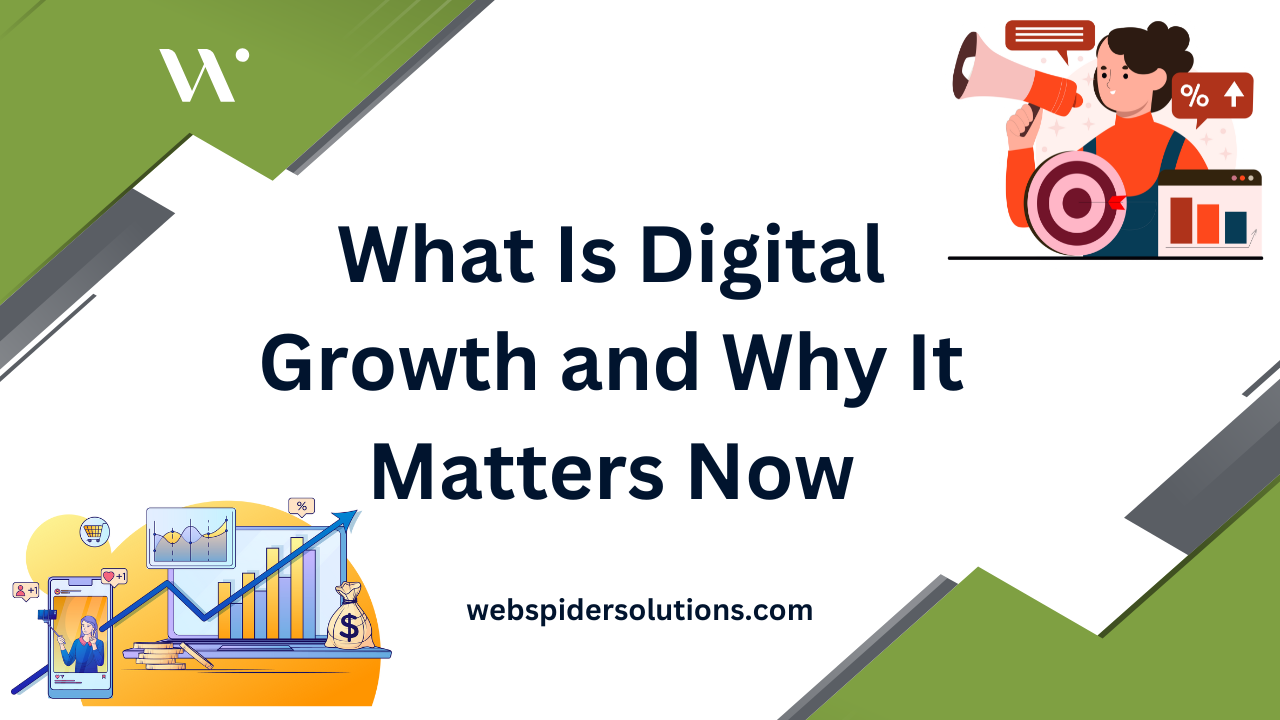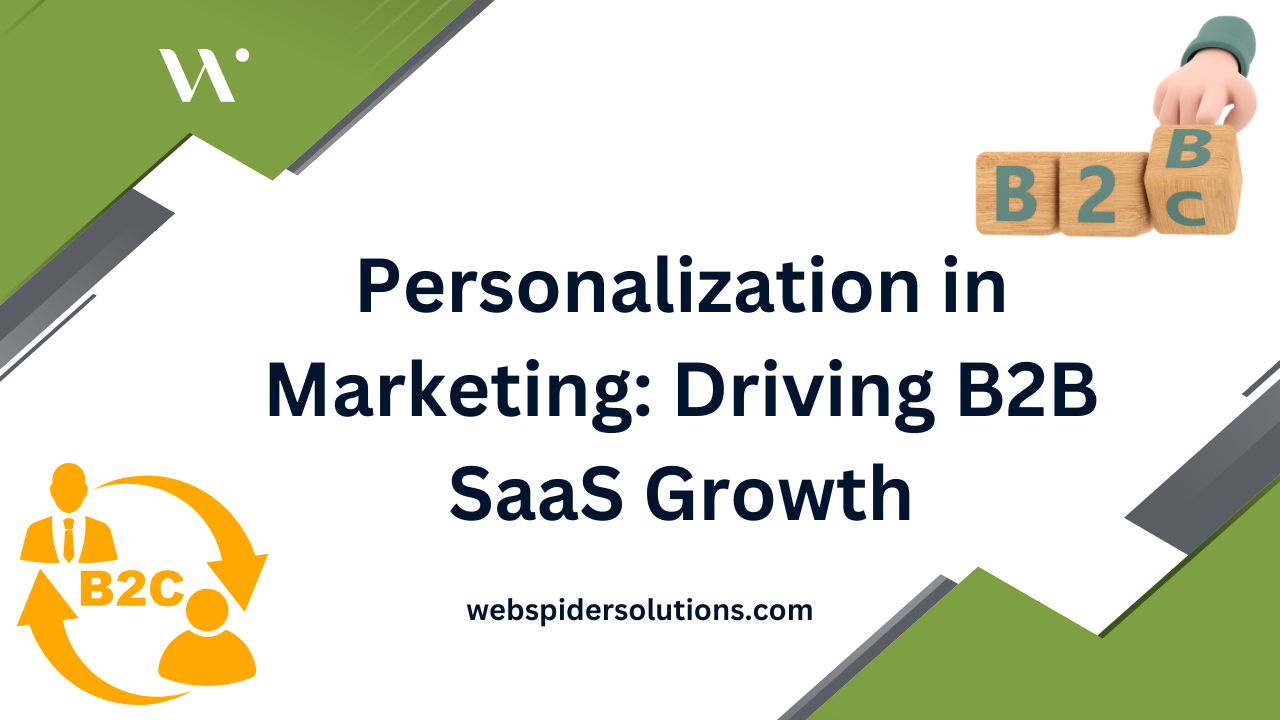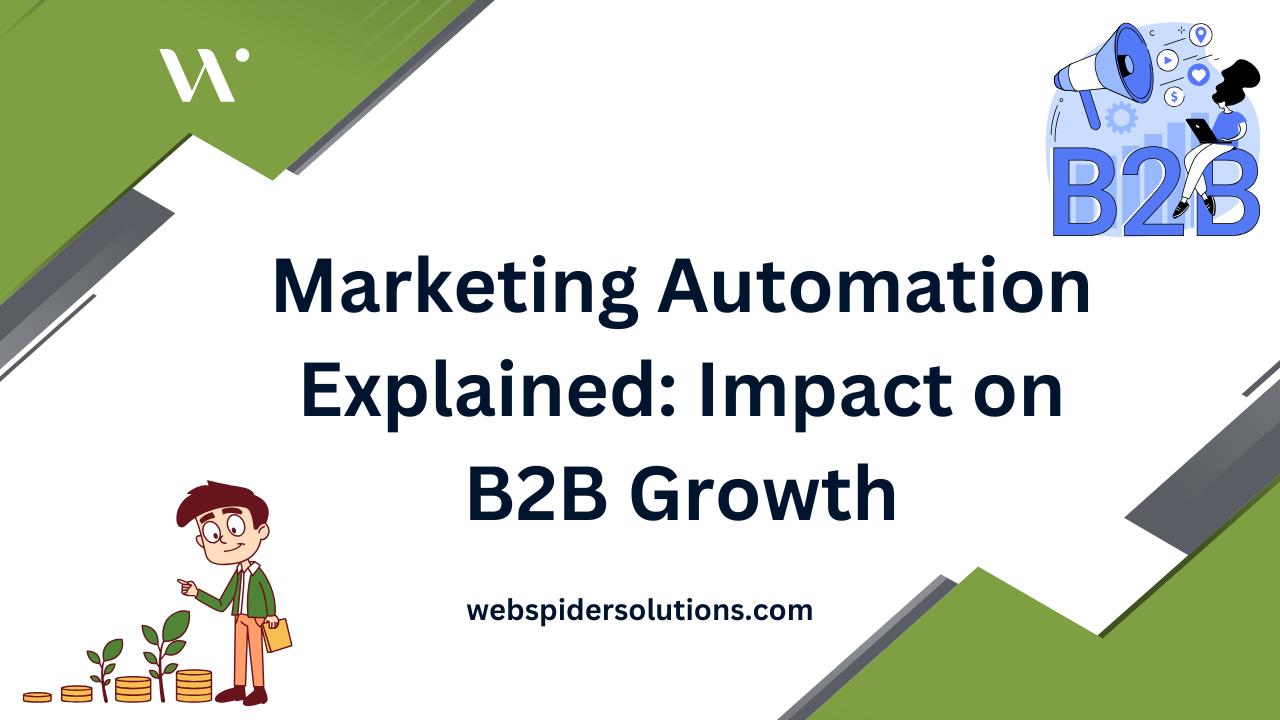Digital marketing analytics is changing the way businesses grow online. Brands that use advanced analytics can see up to 20 percent more marketing efficiency and learn exactly how their customers behave. Most people think tracking basic website visits is enough. Think again. True digital marketing analytics goes far deeper and can transform raw data into strategic moves that actually drive revenue.
Table of Contents
- Understanding Analytics For Digital Marketing
- Key Metrics And Tools For Success
- Practical Steps To Apply Analytics
- Turning Insights Into Actionable Strategies
Quick Summary
| Takeaway | Explanation |
|---|---|
| Leverage Data for Customer Insights | Use analytics to understand customer behaviors and preferences across digital channels, enhancing engagement and personalization. |
| Track Essential Marketing Metrics | Focus on key metrics like conversion rate and ROI to evaluate performance and inform decision-making effectively. |
| Implement Advanced Segmentation Techniques | Divide your audience into specific segments to tailor marketing strategies and improve targeting efficiency. |
| Adopt a Continuous Analytics Culture | Treat analytics as an ongoing process, fostering learning and adaptation to remain competitive in a dynamic market. |
| Convert Insights into Actionable Strategies | Transform analytical findings into strategic actions that address performance gaps and improve marketing outcomes. |
Understanding Analytics for Digital Marketing
Analytics for digital marketing transforms raw data into strategic insights that drive business growth. This powerful approach enables organizations to decode complex online interactions, measure performance, and make data driven decisions that directly impact revenue and market positioning.
The Fundamental Role of Digital Marketing Analytics
Digital marketing analytics goes far beyond simple website traffic measurements. It provides a comprehensive view of how customers interact with your brand across multiple digital channels. Research from McKinsey reveals that companies using advanced analytics can unlock 10-20% more marketing efficiency by understanding precise customer behaviors and preferences.
At its core, digital marketing analytics encompasses collecting, measuring, and analyzing data from various digital marketing channels including websites, social media platforms, email campaigns, and paid advertising networks. These insights help businesses understand:
- Customer Journey Mapping: Track how potential customers move through different stages of engagement
- Performance Metrics: Evaluate the effectiveness of marketing strategies and campaigns
- Audience Segmentation: Identify and target specific customer groups with personalized experiences
Transforming Data into Strategic Insights
Successful digital marketing analytics requires a strategic approach that moves beyond simple data collection. Google’s Digital Marketing Research emphasizes that effective analytics involves understanding not just what happened, but why it happened and how to leverage those insights for future growth.
Business leaders need to recognize that digital marketing analytics is not a one time activity but an ongoing process of continuous learning and optimization. By implementing robust analytics frameworks, organizations can:
- Identify high performing marketing channels
- Understand customer preferences and behavior patterns
- Allocate marketing budgets more effectively
- Predict future market trends and customer needs
Moreover, businesses can learn more about maximizing marketing performance through strategic data analysis. The key is transforming complex data sets into actionable strategies that drive tangible business outcomes.
The modern digital landscape demands a sophisticated approach to marketing analytics. Companies that invest in comprehensive analytics capabilities position themselves to outperform competitors by making informed, data driven decisions that resonate with their target audience and create meaningful business value.
Key Metrics and Tools for Success
Digital marketing success hinges on understanding and tracking the right metrics through powerful analytics tools. These metrics serve as crucial indicators of performance, helping businesses make informed decisions and optimize their marketing strategies.
Essential Performance Metrics for Digital Marketing
Research from Forrester indicates that top performing businesses track a comprehensive set of metrics that go beyond surface level measurements. The most critical metrics include:
- Conversion Rate: Measures the percentage of visitors who take a desired action
- Customer Acquisition Cost (CAC): Calculates the total expense of acquiring a new customer
- Return on Investment (ROI): Evaluates the profitability of marketing campaigns
- Customer Lifetime Value (CLV): Estimates the total revenue a business can expect from a single customer
Google Analytics remains the cornerstone tool for tracking these metrics. It provides deep insights into website performance, user behavior, and campaign effectiveness. Businesses can track everything from traffic sources to user engagement patterns, allowing for precise marketing optimization.
Advanced Analytics Tools and Platforms
Modern digital marketing requires sophisticated tools that provide comprehensive insights. Beyond Google Analytics, businesses should consider:
Below is a comparison table of advanced analytics tools mentioned, outlining their primary features and best use cases, to help businesses select the right platform:
| Tool | Primary Feature | Best Use Case |
|---|---|---|
| SEMrush | Competitive analysis, keyword research | SEO and competitor benchmarking |
| Mixpanel | Advanced user behavior tracking | Product and feature usage analysis |
| Hotjar | Visual heatmapping, UX insights | Understanding user navigation patterns |
| Kissmetrics | Customer journey tracking | Analyzing lifecycle and engagement |
- SEMrush: For competitive analysis and keyword research
- Mixpanel: Advanced user behavior tracking
- Hotjar: Visual heat mapping and user experience insights
- Kissmetrics: In depth customer journey tracking
Companies can discover strategies to improve marketing performance by leveraging these advanced analytics platforms. The key is selecting tools that align with specific business objectives and provide actionable insights.
Professional marketers understand that metrics are not just numbers but stories about customer interactions. Each metric represents a piece of the complex puzzle of customer engagement. By systematically analyzing these metrics, businesses can create more targeted marketing strategies, optimize their spending, and ultimately drive significant growth.
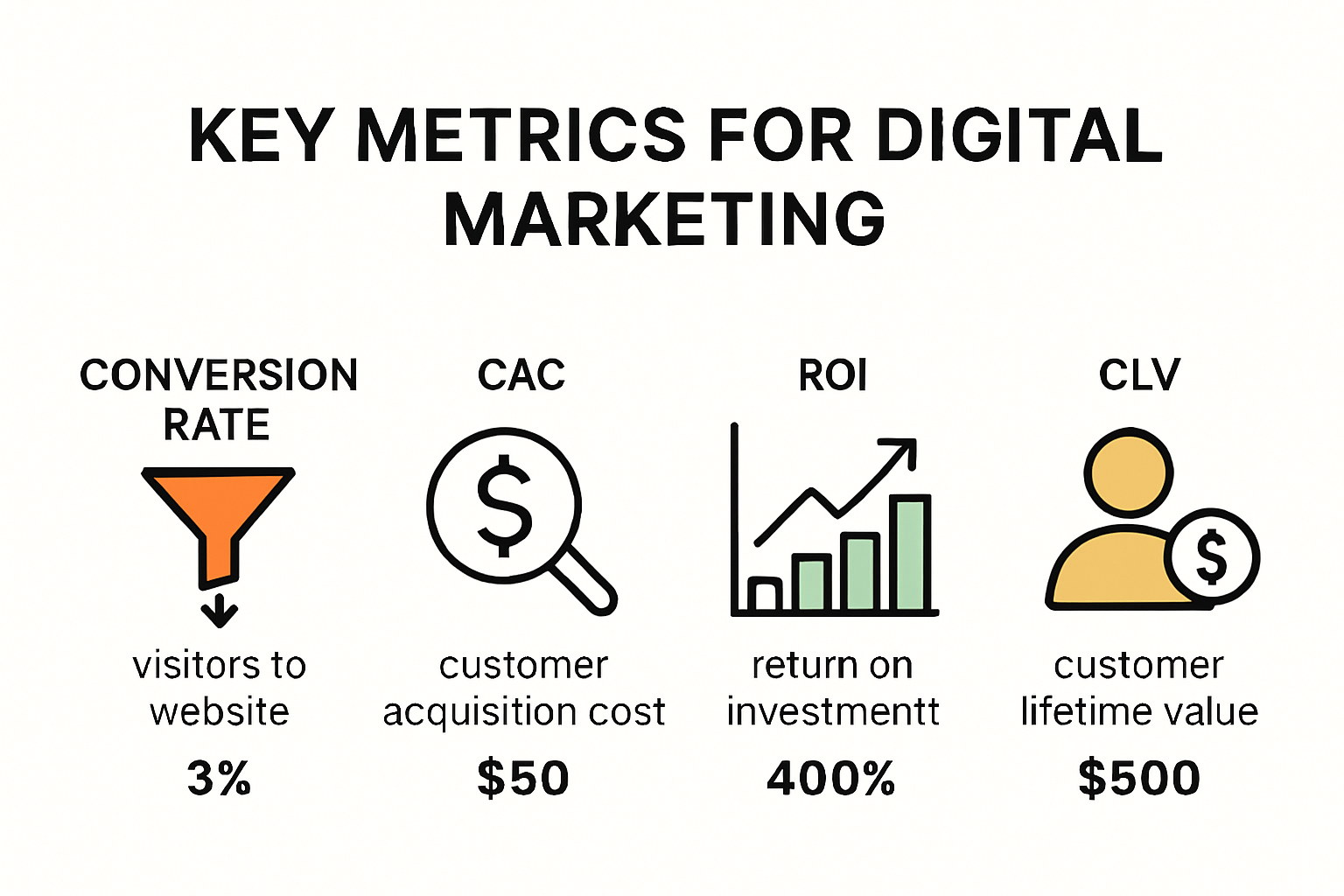
The landscape of digital marketing analytics continues to evolve rapidly. Businesses that invest in robust analytics tools and develop a data driven culture will be best positioned to navigate the complex digital marketplace and achieve sustainable growth.
Practical Steps to Apply Analytics
Implementing digital marketing analytics requires a strategic and systematic approach that transforms raw data into actionable business insights. Successful application of analytics demands more than just collecting information. It requires a comprehensive strategy that aligns technological tools with specific business objectives.
Developing a Robust Analytics Strategy
Research from Digital.gov highlights the critical importance of establishing a clear framework before diving into data collection. Organizations must first define their mission, establish specific goals, and identify key performance indicators (KPIs) that directly reflect business outcomes.
The foundational steps for developing an effective analytics strategy include:
- Goal Alignment: Connect analytics objectives with overall business strategy
- KPI Selection: Choose metrics that provide meaningful insights into performance
- Data Infrastructure: Build reliable systems for collecting and analyzing data
- Cross Functional Collaboration: Ensure analytics insights are shared across departments
Implementing Advanced Segmentation Techniques
Research from OpenStax suggests advanced customer segmentation as a powerful method for extracting deeper insights. By utilizing techniques like k-means clustering, businesses can divide their audience into distinct groups based on behavioral patterns, enabling more targeted and personalized marketing approaches.
Customer segmentation allows businesses to:
- Understand unique customer characteristics
- Develop tailored marketing strategies
- Predict customer behavior more accurately
- Optimize resource allocation
Businesses seeking to enhance their digital marketing performance must move beyond generic approaches and embrace data driven personalization.
Continuous Improvement and Adaptation
The digital marketing landscape evolves rapidly, demanding a flexible and iterative approach to analytics. Digital.gov’s Web Analytics Playbook emphasizes the importance of continuous learning and adaptation. Successful organizations treat analytics not as a one time project but as an ongoing process of refinement and optimization.
Key principles for maintaining an effective analytics practice include:
- Regular performance reviews
- Staying updated with emerging analytical technologies
- Fostering a data driven organizational culture
- Investing in team training and skill development
By approaching digital marketing analytics as a dynamic, strategic discipline, businesses can transform data into a powerful competitive advantage.
The goal is not just to collect information, but to generate insights that drive meaningful business growth and innovation.
Turning Insights into Actionable Strategies
Transforming digital marketing analytics into meaningful business strategies requires more than just collecting data. It demands a sophisticated approach that translates complex information into clear, executable actions that drive business growth and competitive advantage.
Developing Data Driven Decision Frameworks
Research from the National Institutes of Health highlights the critical importance of building robust decision making frameworks that convert analytical insights into strategic actions. Successful organizations understand that data is only valuable when it can be transformed into meaningful business interventions.
The key components of an effective data driven decision framework include:
- Contextual Analysis: Understanding the broader business environment
- Predictive Modeling: Using historical data to forecast future trends
- Risk Assessment: Evaluating potential outcomes of strategic decisions
- Continuous Validation: Regularly testing and refining strategic approaches
Translating Metrics into Strategic Interventions
Internet Engineering Task Force research emphasizes a user centric approach to transforming insights. This means moving beyond raw numbers to understand the underlying customer behaviors and motivations that drive business performance.
Practical strategies for converting insights into actions include:
- Identifying performance gaps in current marketing approaches
- Developing targeted campaigns based on specific customer segment behaviors
- Reallocating resources to high performing marketing channels
- Creating personalized customer experiences based on detailed analytics
Businesses can explore advanced marketing optimization techniques to maximize the impact of their analytical insights.
Creating a Culture of Continuous Improvement
Turning insights into actionable strategies is not a one time event but an ongoing process of organizational learning and adaptation. Successful companies develop a culture that views data as a strategic asset, encouraging teams to:
- Regularly challenge existing assumptions
- Experiment with data driven hypotheses
- Embrace a mindset of continuous learning and improvement
- Invest in skills and tools that enhance analytical capabilities
The most effective organizations treat analytics as a dynamic discipline. They understand that the true value of data lies not in its collection, but in its ability to drive meaningful business transformation. By developing a systematic approach to converting insights into strategic actions, businesses can create a sustainable competitive advantage in an increasingly complex digital marketplace.
Ultimately, the goal is to move beyond reactive reporting to proactive strategy development. This requires a holistic approach that combines technological capabilities, analytical skills, and a forward thinking organizational culture.
Frequently Asked Questions
What is digital marketing analytics?
Digital marketing analytics involves collecting, measuring, and analyzing data from various digital marketing channels to understand customer behaviors, track performance, and make data-driven decisions that enhance business growth.
Why is it important to track performance metrics in digital marketing?
Tracking performance metrics is crucial because it helps businesses evaluate the effectiveness of their marketing strategies, optimize spending, and ultimately drive higher returns on investment (ROI).
How can companies implement advanced segmentation techniques in their analytics strategies?
Companies can implement advanced segmentation techniques by using methods like k-means clustering to categorize their audience based on behavior patterns, enabling more targeted and personalized marketing approaches.
What tools are essential for monitoring digital marketing success?
Essential tools include Google Analytics for web performance, SEMrush for competitive analysis, Mixpanel for user behavior tracking, and Hotjar for user experience insights, helping businesses derive meaningful data for decision-making.
Transform Your Marketing Data into Real Business Growth
Are you struggling to make sense of your analytics and turn numbers into profits? If you see your team spending hours tracking metrics but missing the clear path to more leads and better conversions, you are not alone. Today’s digital landscape is filled with overwhelming data, yet most businesses still find it tough to connect customer journeys, optimize paid campaigns, and use advanced segmentation to fuel growth. The insights from our “Analytics for Digital Marketing: A Guide for Business Growth” article uncover these exact frustrations. It is time to move past guesswork and start building smarter strategies backed by actionable data. For more about real-world marketing performance improvements, visit our Paid Advertising Archives for proven solutions that put analytics-driven execution first.
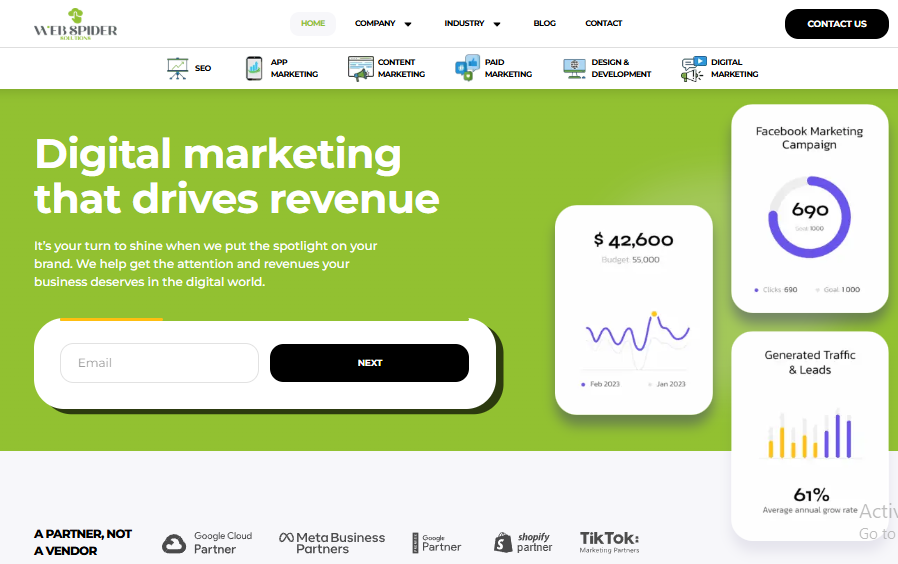
Ready to see your data finally deliver real results? The team at Web Spider Solutions specializes in transforming analytics into increased visibility, qualified leads, and measurable ROI. Book your free consultation now to discover how a custom digital marketing analytics strategy can put your business ahead while competitors are still trying to figure out what is working.
Recommended








